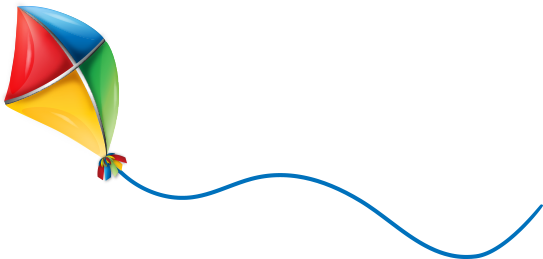My first introduction to therapy balls was in 1992. I was hired by the Vice President of Sportime International, Barry Traub (the inventor of the peanut ball), to create a catalog for the Special Needs market, Abilitations. Barry had been injured in a diving accident and was my patient at the Shepherd Spinal Center (now the Shepherd Center) in Atlanta. He said they were looking to create a physical therapy catalog and I jumped on the opportunity to work a flexible schedule while raising my young son. It was not love at first sight as I was missing the clinical atmosphere but I came to learn a lot about copywriting, cataloging, product development, physical education, sensory integration, corporate atmospheres, marketing, mail order and BALLS! You see Sportime was a physical education catalog company and their expertise was developing, innovating and manufacturing balls for PE. My job was to take those balls and find a use for them in the therapy market. And so, I did. And this is what I learned:
Not All Balls Are Created Equal. There are rubber balls, PVC balls, vinyl balls, balls with high bounce, balls that are tactile, balls that float on air, weighted balls, beach balls, hand balls, medicine balls, tennis balls, golf balls, volley balls, soccer balls, basket balls and the list goes on. And, they all have different uses, benefits and applications. Over my 18 years working as the director of the Abilitations catalog I not only was able to touch and feel quite a few balls, but I was able to take them into the therapy market and design a few of my own. What I found was that some balls are better for therapy than others.
So, which are my favorite? It’s often hard to choose and it depends on the child, but here is my list:
#5 Slow Floaters.
On the bottom of my list is the Slo-Mo. These balls are usually tacky making them easy to grab and see. A beach ball is not exactly like a slow floater but similar and a lot less expensive. Why do I love beach balls? Because 1) they float on air 2) they are highly visible and 3) they can be used partially inflated. A beach ball can be suspended from a string providing a great eye hand tool for swatting while working on standing and balancing skills. Make a paddle out of a paper plate and ruler to go with it. For little kids you can sit them on the beach ball for core work and if you partially inflate the beach ball you can use it during gait training to work on swing through skills. And best, the Dollar Tree carries them!
#4 Weighted Balls.
You might think of these as medicine balls and they can come in different sizes but they make a great weight for children with sensory integration dysfunction, attention issues or with low tone. Weight provides a wakeup to the sensory system so placing it on the floor to pick up, push, or roll helps those Golgi tendon organs come alive! You can find these on line but of course you can use a basketball as for many kids those provide plenty of weight. And again, you can sit on them or place it in their lap. I often stand a child against the wall and have them hold the basketball. Just that skill can be a workout. But then we will work on dropping it, bouncing it and catching.
#3 Playground Balls.
Much like a basketball, a playground ball provides just a bit of weight but with a tactile surface and a great bounce and sound. I love playground balls for use as a traditional therapy ball for children under the age of 3. The size is perfect for sitting on and working the core but it acts much like a ball chair with the hips, knees and ankles at about 90 degrees, so it provides a perfect short sitting spot for little ones. But kids just love a playground ball and my absolute favorite is the red Sportime ball. You can find it on Amazon.
#2 Hand Balls.
So, these are smaller balls like tennis balls or golf balls and I use them for motor planning skills like picking them up to put into a bucket. Or I might use them to roll and control with a foot. They are great for little ones to pass from one hand to another crossing midline. My favorite of these is the Pinky Ball. It’s a high bounce pink rubber ball (contains latex) and kids love the sound, the feel and the chase! Sometimes the Dollar Tree has light up hand-sized balls around Christmas time and these are fantastic motivators.
#1 Therapy Balls.
Of course, these are at the top of my list. I keep a 55 cm round ball and 2 different sized peanut balls in my car. I get great pelvic mobility using the round ball and I use both of them for tall kneeling and standing activities both next to and on top of. The peanut ball provides a super saddle and is great for children with high tone. I can sit on one end and stand a child on the other and this works great with CP kids. But don’t underestimate using the peanut ball on its end. You can stand it tall and it works as a great support.
Well, there you have my top 5. Remember to keep a hand held needle pump handy (for playground and sport balls) and a high volume hand pump (for therapy balls) handy.
Next blog: How to bring a swing with you to your therapy visits! And why?
Check out my podcast: Special Needs in Motion and let me know if you’d like to do a conversation with me. You are the expert and you have something to share!



